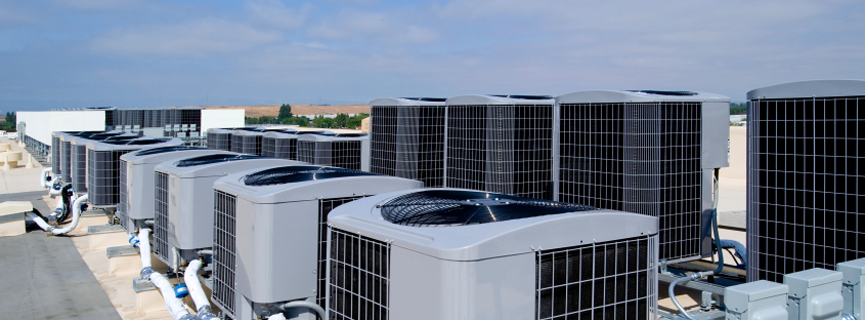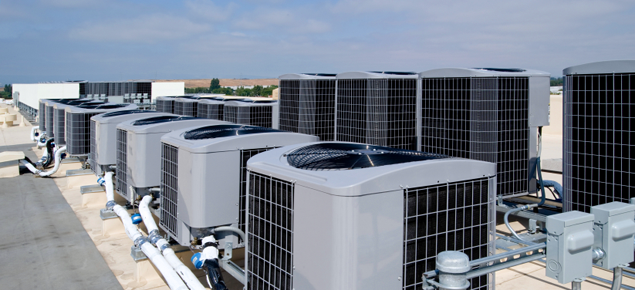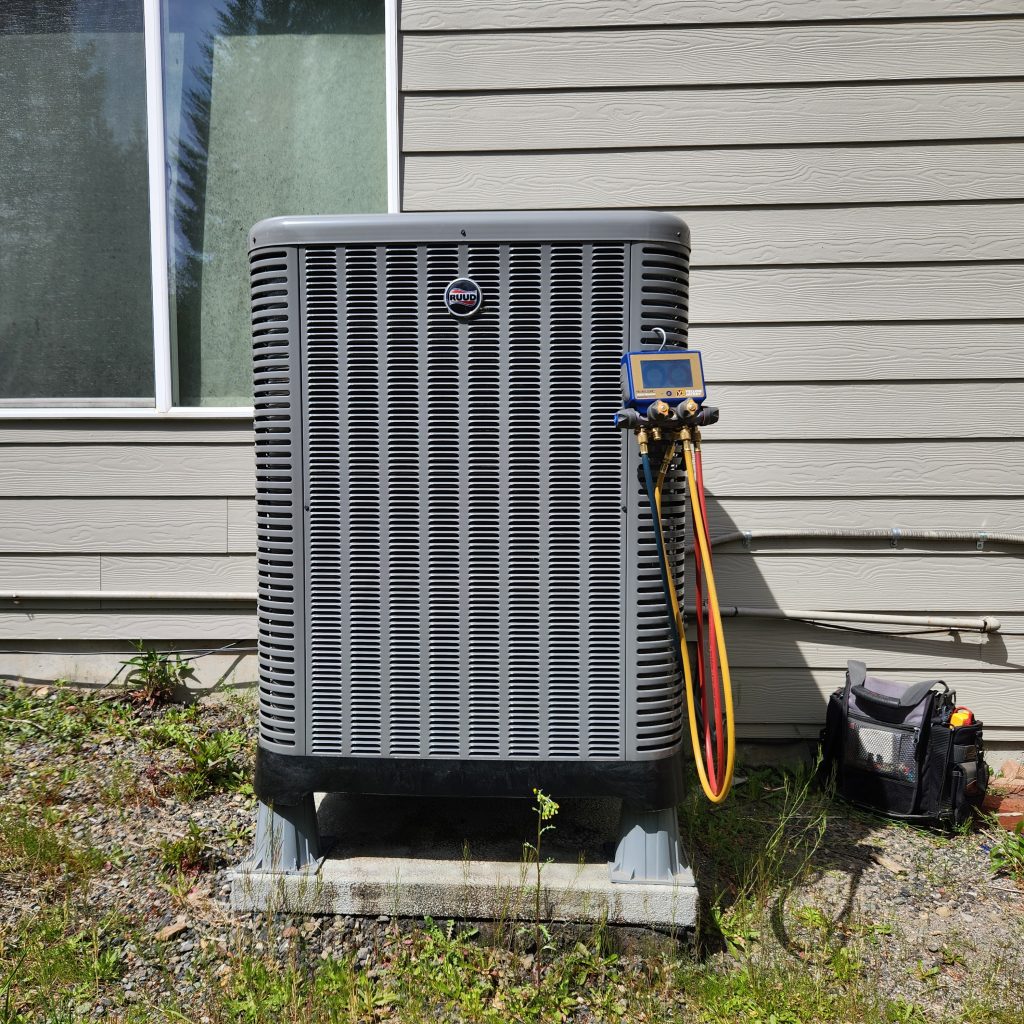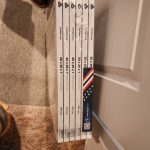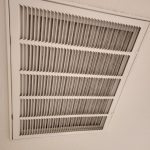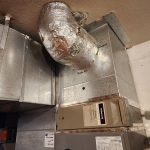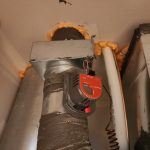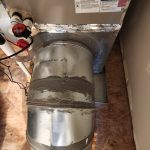Installing a heat pump instead of a gas furnace is becoming an increasingly popular choice. But is it the right decision for your home? Let’s explore some key factors to help you make an informed choice.
Factors Supporting the Switch to a Heat Pump
- Government Incentives: Governments are encouraging decarbonization and electrification, which is pushing the market toward heat pumps and away from gas-based systems.
- Regulations: State and local codes are making it harder for builders to install gas systems, even when they are available.
- Environmental Concerns: Many consumers prefer heat pumps over gas systems for environmental reasons, as they produce fewer emissions.
- Inverter Technology: Heat pumps are becoming more efficient at colder temperatures due to advancements in inverter technology. However, it’s important to note that many heat pumps are manufactured overseas.
Reasons to Consider Sticking with a Gas Furnace
- Reliability: Gas furnaces are typically more reliable and simpler than heat pumps. When repairs are needed, they tend to be less expensive and easier to carry out.
- Longevity: Newer gas furnaces generally outlast heat pumps, providing a longer lifespan.
- Efficiency: Gas furnaces can maintain efficiency of up to 95% regardless of how cold the weather gets.
- Heat Quality: Some homeowners prefer the hotter air produced by gas furnaces, as it gives the home a cozier, warmer feel.
My Recommendation
If you’re currently using gas and are satisfied with its performance, sticking with a gas furnace might be the best option for you. You can also consider adding an air conditioning unit to your system, which will likely be more cost-effective and offer better longevity since it only operates during warm weather.
Consider Dual Fuel Systems
An alternative is to combine the best of both worlds by keeping your gas furnace and adding a heat pump. This dual-fuel setup allows you to use the heat pump for cooling during the summer and the gas furnace for reliable heating during the colder months. These systems offer greater overall efficiency but tend to be more expensive to install.
By weighing the pros and cons of both systems, you can make the best decision for your home, budget, and long-term needs.

